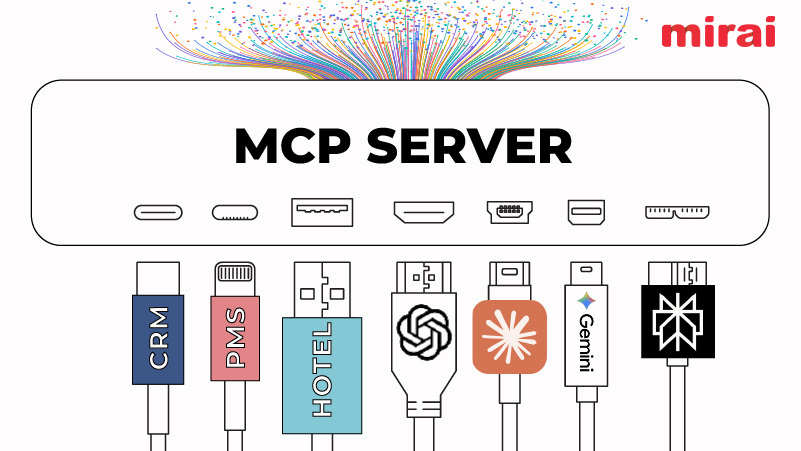
By now your hotel website should have a blog, but that’s only one step of the process.
Running a blog on your hotel website is one of the most cost effective ways to drive a steady flow of traffic and encourage direct bookings. One of the challenges that many hotels face, is the inability to effectively drive qualified traffic to their blog.
What is the point in running a blog if it cannot be found doing a search on Google and if nobody ends up reading it? If no one can find it nor read your hotel blog, then don’t expect any traffic to be generated and most importantly don’t expect any sort of conversions to magically result from your blog.
Whether you blog in-house or hire a third-party marketing company, be sure you are getting the most out of your content marketing strategy and maximizing your blog’s search potential. Merely writing about an event or attraction near your hotel isn’t enough to capture the attention of the reader.
Blogging should be more than just adding keywords and hoping that Google indexes these pages for first page ranking. If you think this is the purpose of blogging than you have it all wrong.
Your goal in blogging should be about capturing the attention of the reader and engaging their interest by providing valuable and insightful content that answers their curiosities about the event or place you are blogging about.
Once you start regularly publishing quality content on your blogs and following these tips, you will soon see a boost in search rankings and traffic.
Here are 4 effective tips in driving qualified traffic to your hotel blog that will help lead to better Search Engine Results Page (SERP) ranking and direct bookings.
#1 Make Quality Content a Priority over Keywords
In recent years, Google has rolled out many algorithms that have affected how your website content is ranked. Back in 2013, Hummingbird was introduced which impacted the ranking position of several sites. This algorithm focused on the intent and meaning behind the words which allowed Google to better understand the context and provide better search results for users.
Read rest of the article at eMarketing Associates




